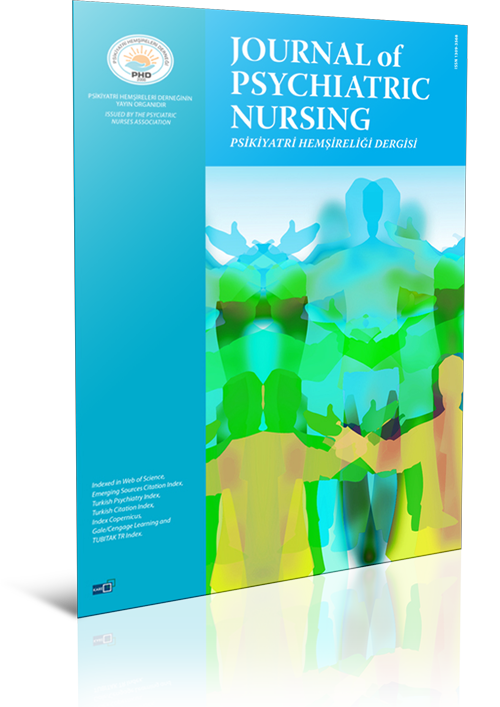
Secondary traumatic stress, coping with earthquake stress, and disaster preparedness among social media users: A cross-sectional study
Mihriban Tuncer1, Bedia Tarsuslu2, Cansu Korkmaz1, Gülgün Durat11Department of Psychiatric Nursing, Sakarya University, Institute of Health Sciences, Sakarya, Türkiye2Department of Nursing, Ordu University Faculty of Health Sciences, Ordu, Türkiye
INTRODUCTION: This study aims to investigate the relationship between secondary traumatic stress among social media users, coping mechanisms, and disaster preparedness, as well as the factors influencing earthquake preparedness following the TurkeySyria earthquake on February 6, 2023. Additionally, it seeks to identify the key variables influencing earthquake preparedness in this context.
METHODS: The study sample comprised 785 participants. Data were collected using the Sociodemographic Characteristics Form, the Secondary Traumatic Stress Scale for Social Media Users (STSS-SM), the Coping with Earthquake Stress Scale (CESS), and the Disaster Preparedness Scale (DPS). Descriptive statistics, including frequencies, percentages, means, standard deviations, and ranges, were used to summarize the data. The relationships between the scales were analyzed using appropriate statistical methods.
RESULTS: The findings revealed a negative correlation between secondary traumatic stress (STSS-SM) and positive reappraisal, whereas a positive correlation was observed between secondary traumatic stress and disaster preparedness. Although no significant relationship was found between religious coping and disaster preparedness, positive reappraisal and social support coping strategies demonstrated a positive association with disaster preparedness. Based on multiple linear regression analyses, the model incorporating STSS-SM, religious coping, positive reappraisal, social support, gender, marital status, and educational status was found to be statistically significant, accounting for 19.8% of the variance in disaster preparedness.
DISCUSSION AND CONCLUSION: This study underscores the relationship between secondary traumatic stress, coping mechanisms, and disaster preparedness among social media users. Additionally, it identifies key variables influencing disaster preparedness, highlighting the importance of considering gender, educational and marital status, stress levels, and coping strategies when formulating measures to enhance disaster preparedness.
Makale Dili: İngilizce


















